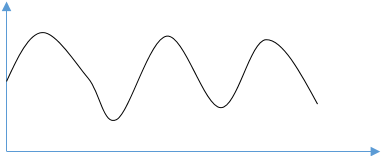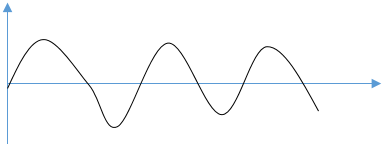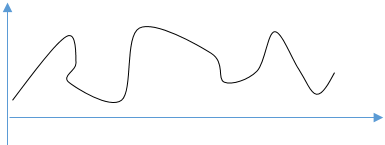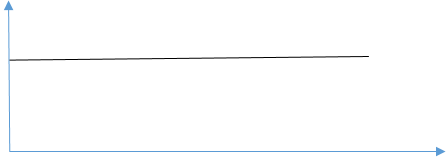This set of Mechanical Metallurgy Multiple Choice Questions & Answers (MCQs) focuses on “Fracture Mechanics – J Integral-R-Curve”.
1. When equipment fails much before the required stress to the fracture, it is called ______
a) failure
b) fatigue
c) creep
d) rupture
View Answer
Explanation: The repetitive loading of the material cause the collapse of the equipment much before its actual limit of failure it is called fatigue failure.
2. Which of the following is a sudden failure?
a) Brittle fracture
b) Ductile fracture
c) Fatigue
d) Creep
View Answer
Explanation: Ductile, fatigue, and creep are delayed fractures because the takes appreciable time before fracture, but the brittle fracture is sudden, which occurs without any warning.
3. Of the total failure of all the industrial components, the fatigue fracture accounts for how much percentage of fault?
a) 10%
b) 20 %
c) 90%
d) 50%
View Answer
Explanation: All the mechanical failure involves a rotating part and this cause fatigue failure. The fatigue accounts for almost 90% of all the omission, that is why it is hazardous.
4. The fatigue failure occurs without any gross warning.
a) True
b) False
View Answer
Explanation: The fatigue failure is a slow process, but the crack is invisible to naked eyes for a long time. And the final stage is sudden without any warning.
5. The fatigue failure fracture surface consists of both a smooth region and a rough region.
a) True
b) False
View Answer
Explanation: The repeated rubbing of the components with the other half cause the smooth, shiny surface, and in the final stage where the element cannot hold the part together, it fails in a flexible manner causing the rough surface.
6. Which of the following is not a characteristic of fatigue failure?
a) Benchmarks
b) River pattern
c) Flow marks
d) Cup and cone
View Answer
Explanation: The bench marks are the characteristic symbol of the repeated loading of each cycle. The cup and cone geometry is associated with ductile fracture of the material.
7. The fatigue failure generally starts at the _______________
a) notch or inclusion
b) center of the surface
c) endpoints of the sample
d) geometrical center of the sample
View Answer
Explanation: The fatigue failure generally starts at the high-stress concentration region such as the notch inclusion and sharpen corners etc.
8. Which of the following is not among the essential requirement to cause fatigue failure?
a) The maximum tensile stress of sufficiently high value
b) Large enough variation or fluctuation in the applied pressure
c) The sufficiently large number of cycle of applied stress
d) High shear stress on the sample
View Answer
Explanation: There are three basic requirements to cause fatigue failure.
(i) the maximum tensile stress of sufficiently high value
(ii) Large enough variation or fluctuation in the applied pressure
(iii) The sufficiently large number of cycle of applied stress
Rest all are secondary or may not play a role in causing fatigue failure.
9. Which of the following does not play a role in fatigue failure?
a) Corrosion
b) Stress concentration
c) Temperature
d) Sample size
View Answer
Explanation: The sample size does not play any role in deciding the fatigue failure rate. Only the corrosion, stress concentration, temperature plays a role.
10. Which of the following diagram describes the completely reversed cycle of stress?
a)

b)

c)

d)

View Answer
Explanation: The completely reverses stress cycle mean the stress is equal in magnitude but opposite in the direction. So stress will be compressive then tensile and then compressive again.
Sanfoundry Global Education & Learning Series – Mechanical Metallurgy.
To practice all areas of Mechanical Metallurgy, here is complete set of 1000+ Multiple Choice Questions and Answers.
If you find a mistake in question / option / answer, kindly take a screenshot and email to [email protected]
- Apply for Metallurgical Engineering Internship
- Check Mechanical Metallurgy Books
- Check Metallurgical Engineering Books
- Practice Metallurgical Engineering MCQs
